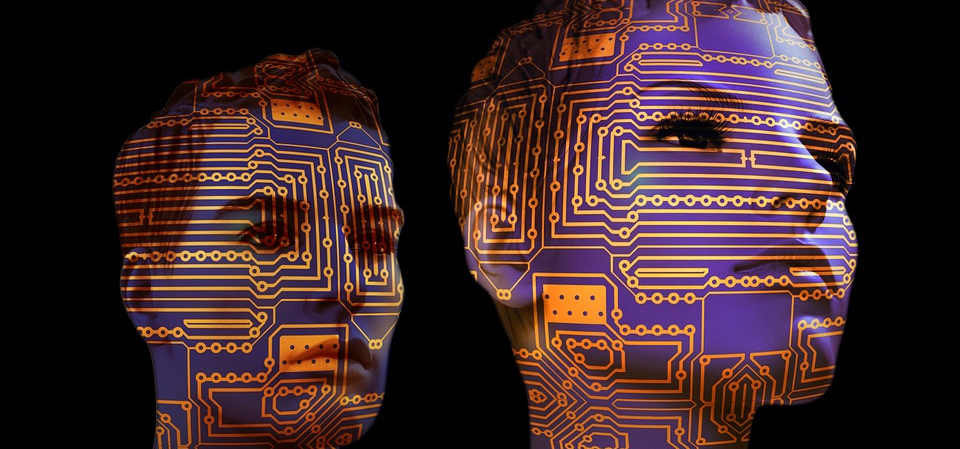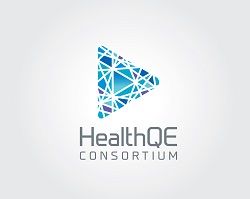
Three forms of human enhancement currently exist: reproductive, physical, and mental.
Reproductive enhancements include embryo selection by preimplantation genetic diagnosis, cytoplasmic transfer, and in vitro-generated gametes.
Physical enhancements include cosmetics (plastic surgery & orthodontics), drug-induced (doping & performance-enhancing drugs), functional (prosthetics & powered exoskeletons), medical (implants (e.g. pacemaker) & organ replacements (e.g. bionic lenses)), and strength training (weights (e.g. barbells) & dietary supplement).
Examples of mental enhancements are nootropics, neuro-stimulation, and supplements that improve mental functions. Computers, mobile phones, and Internet can also be used to enhance cognitive efficiency.
Notable efforts in human augmentation are driven by the interconnected Internet of Things (IoT) devices, including wearable electronics (e.g., augmented reality glasses, smart watches, smart textile), personal drones, on-body and in-body nano-networks.
Many different forms of human enhancing technologies are either on the way or are currently being tested and trialed.
A few of these emerging technologies include: human genetic engineering (gene therapy), neurotechnology (neural implants and brain–computer interfaces), cyberware, strategies for engineered negligible senescence, nanomedicine, and 3D bioprinting.
A few hypothetical human enhancement technologies are under speculation, such as: mind uploading, exocortex, and endogenous artificial nutrition.
Mind uploading is the hypothetical process of “transferring”/”uploading” or copying a conscious mind from a brain to a non-biological substrate by scanning and mapping a biological brain in detail and copying its state into a computer system or another computational device.
Exocortex can be defined as a theoretical artificial external information processing system that would augment a brain’s biological high-level cognitive processes.
Endogenous artificial nutrition can be similar to having a radioisotope generator that resynthesizes glucose (similarly to photosynthesis), amino acids and vitamins from their degradation products, theoretically availing for weeks without food if necessary.
Contact us
Would you like to speak to one of our scientist? Just submit your contact details and we’ll be in touch shortly. You can also email us if you prefer that type of communication.
